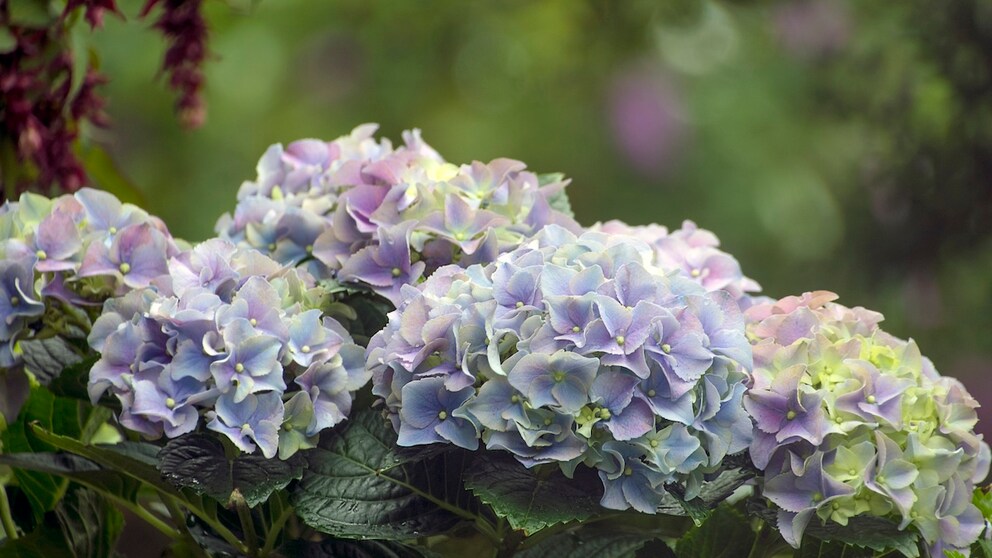Understanding Hydrangea Color Changes
Hydrangeas, particularly the vibrant mophead varieties, are a favorite among garden enthusiasts due to their striking bracts, which are often mistaken for actual flowers. These plants offer a stunning display of colors such as pink, magenta, violet, and blue. However, if a hydrangea begins to lose its color, it may signal underlying issues that need attention.
The Role of Soil pH in Hydrangea Color
One of the most significant factors influencing the color of hydrangea blooms is the pH level of the soil. Hydrangeas are unique in their ability to produce blue flowers, a trait that can be manipulated by adjusting soil conditions. For a hydrangea to maintain its blue hue, the soil must be acidic. This acidity allows the plant to absorb essential trace elements like aluminum, which contribute to the blue coloration.
Conversely, if you prefer pink or magenta blooms, the soil should be more alkaline. By understanding and managing the pH level, gardeners can effectively control the color of their hydrangeas.
Tips for Adjusting Soil pH
- Use Acidic Fertilizers: Fertilizers designed for rhododendrons and hydrangeas typically have a low pH, making them ideal for achieving blue blooms.
- Mix with Rhododendron Soil: Combining garden soil with rhododendron soil can create an acidic environment that supports blue coloration.
Hydrangea Color Fading with Age
Another common reason for color loss in hydrangeas is the natural aging process. As hydrangeas bloom, the color of their flower clusters tends to lighten and eventually turn green. This is a normal occurrence and is part of the plant’s life cycle.
Most hydrangeas bloom during the summer months, with the first varieties appearing in June and the last ones lasting until September. If the blooms fade and turn green earlier than expected, it could indicate that the plant was pre-grown and sold while already in bloom. These plants tend to bloom and fade more quickly due to their age.
While this early fading might be concerning to some gardeners, it is not a cause for alarm. It is simply a result of the plant’s maturity and the conditions under which it was grown.
Impact of Excessive Sunlight on Hydrangea Color
Although hydrangeas are generally not considered high-maintenance plants, they do have specific preferences when it comes to their growing conditions. Originally native to forested areas, hydrangeas thrive in partially shaded locations. When exposed to too much direct sunlight, the plant may experience stress, which can lead to a loss of color.
Gardeners should consider the placement of their hydrangeas carefully. Providing adequate shade, especially during the hottest parts of the day, can help maintain the vibrancy of the blooms.
Additional Care Tips for Hydrangeas
In addition to managing soil pH and sunlight exposure, there are several other factors that can influence the health and appearance of hydrangeas:
- Watering Practices: Proper watering is crucial for maintaining healthy hydrangeas. Overwatering or underwatering can both lead to stress and affect the plant’s ability to retain its color.
- Fertilization: Using the right type of fertilizer can support overall plant health and enhance bloom quality.
- Pruning: Regular pruning helps promote new growth and ensures that the plant remains vigorous and productive.
By paying attention to these care practices, gardeners can enjoy the full beauty of their hydrangeas throughout the growing season. Understanding the reasons behind color changes and taking appropriate measures can make a significant difference in the appearance and longevity of these beloved garden plants.







